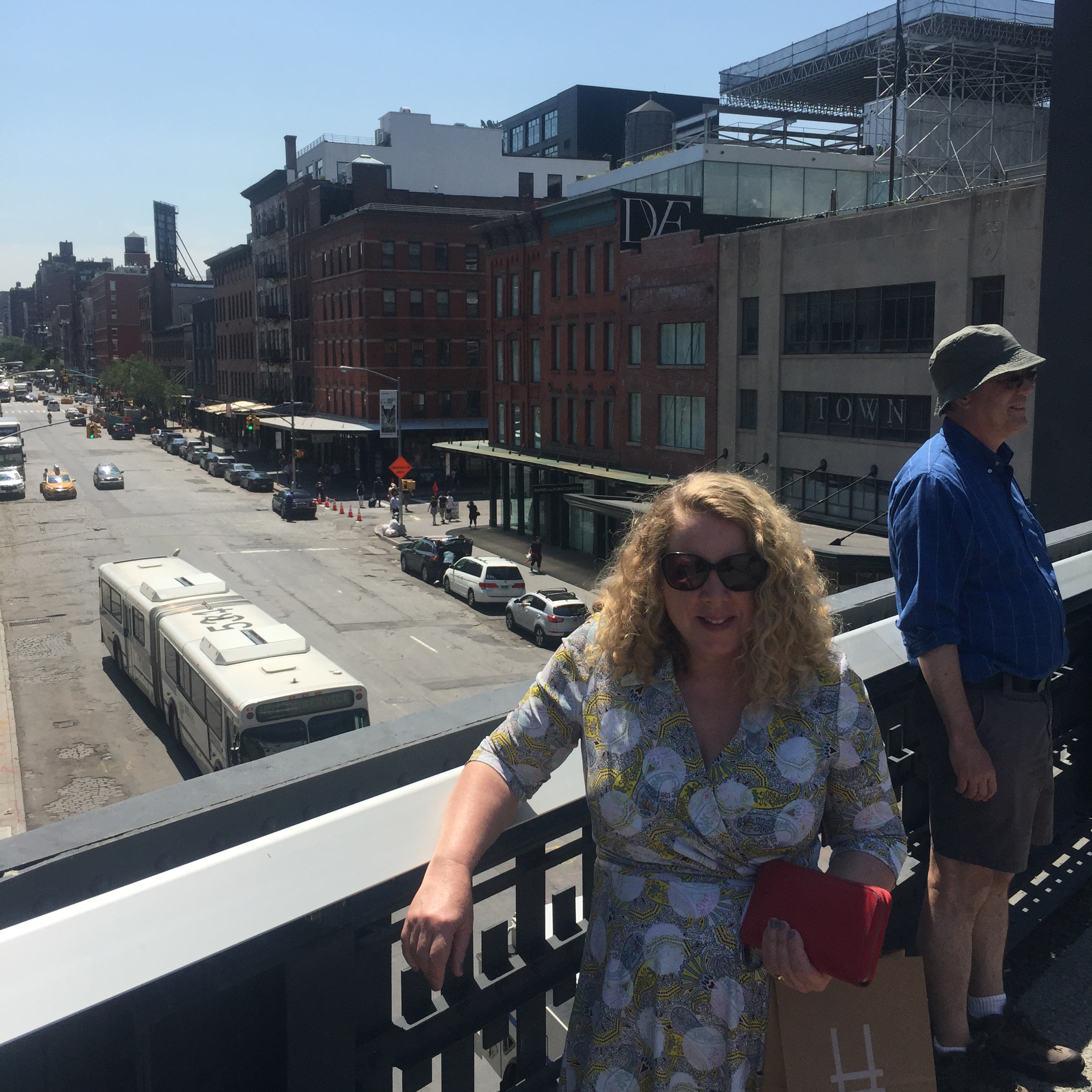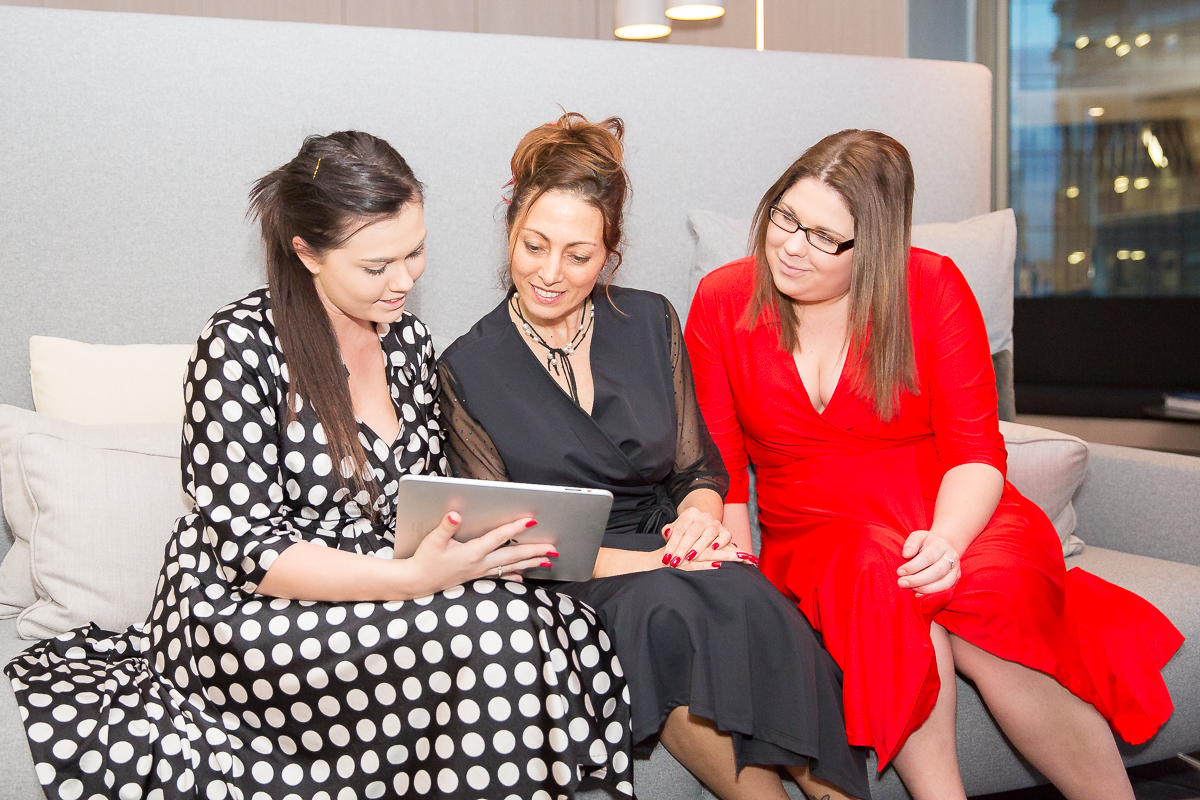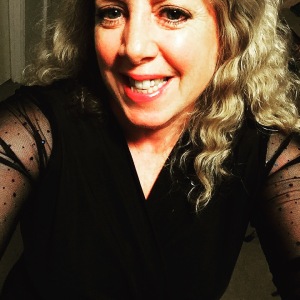
Brand + Business x Christine Moody*
The rise of social media is making it more difficult to understand and protect your organisation’s intellectual property (IP) and brand reputation. However, in this new digital world, your brand is more important and valuable than ever before.
Some of the more intangible IP aspects of your organisation are associated with its brand, the brand experience and logo design. These include patents, trademarks, copyright, business methodologies, good will and brand recognition. This is important IP that can add immense value to your business. According to a recent report by Fortune Magazine, organisations need to pay attention to their intangible assets, with the value of the intangible assets in S&P top 500 companies rising from 17% of total assets in 1975 to 84% in 2015!
In the article,‘Defence Strategy’ (published in the latest edition of the Australian Institute of Company Directors’ Company Director), Domini Stuart says this issue will be particularly important with the Federal Government’s $1 billion dollar innovation initiative. He says: “the board must understand how IP can create value.”
Stuart goes on to say that: “Directors should be aware of which components, systems, or processes set them apart from their competitors and drive the value of the company.”
So just how do you understand your brand and protect it today’s digital world?
1) Stand out in the crowd—define your brand
Differentiating your organisation begins with your brand. Many people make the mistake of thinking that their brand starts with a beautifully designed logo and website, but it doesn’t.
Your brand starts with your unique story. Why are you in business? What problem is your organisation solving? This is your organisation’s ‘WHY’ and it forms your organisation’s brand story.
The brand story is central to all your organisation’s decisions. It informs which clients you target, retail locations, products and services as well as staff. It is also used to inform our differentiated brand ecosystem—everything that your organisation ‘says’ and ‘does’.
The tools you use to communicate your brand, such as Facebook, will evolve and change over time, but your brand story never changes. It remains unique to your organisation.
2) Develop a brand strategy for your brand online
Organisations need to make their brand highly visible online. Unfortunately, the increasing number of social media platforms and the hype around them has created confusion. As a result, many organisations are forfeiting their brand strategy.
Your brand strategy is the ‘glue’ that holds the brand ecosystem together. And understanding how to use social media platforms to tell your brand story is crucial.
Social media is just another communication tool and it needs to be considered in the bigger picture rather than as a separate ‘thing’. It is no different from the other communication tools your organisation uses.
Your brand strategy is the ‘glue’ that holds the brand ecosystem together. And understanding how to use social media platforms to tell your brand story is crucial.
What is important is how you interpret the brand across all the social media platforms. You need to understand the strengths and weaknesses of each platform and then use them to tell your brand story consistently. That is, understand the difference between Facebook and LinkedIn and how to use both effectively inline with your brand story.
To leverage your brand in the social media space, the starting point is to create a framework for social media that includes the ‘WHY’, the brand strategy, and three key messages for that organisation, along with the types of stories that support your brand story.
Whatever you do and whatever platform is used you have to tell an authentic story and give your clients and potential clients, information that is useful versus just selling them something!
3) Make sure your staff know your brand
The best brand strategy will fall apart unless your staff: ‘get it’. Your team is your best brand advocate (or the worst if they don’t know what it is). I regularly conduct brand audits for clients and often find that most of the staff doesn’t know the company history or what the company’s brand stands for. Don’t fall into this trap. Make sure your brand strategy is included as an important part of staff orientation and that there is ongoing internal communications training.
4) Legally protect your brand online—trade mark and copyright issues
Organisations need to consider online as part of the brand ecosystem—online (website and social media) + offline (brochures, retail fit out, uniforms).
Working with clients, I frequently discover their valuable brand IP is not protected, particularly logos and brand names. Often clients are reluctant to seek a trade mark registration because of time or cost or both. They just want to get on with business!
I advise clients to protect their brand IP as soon as possible. It can get harder to do this as the company grows and can be a nightmare if company is being sold! Another great risk organisations take in not protecting their brand identity is that someone else registers the rights.
Tips for protecting your brand identity
- Prior to trade mark registration check availability of the website name by checking both domain registration (I suggest registering both .com + .au) and ASIC business name registration.
- Before choosing an entity name, check in with an IP lawyer to find out the likelihood of the name being successfully registered.
- Work with an IP lawyer to check potential trademark registration issues prior to commencing any brand identity, logo or artwork design. (I like to work with an IP lawyer in the early stages that is, when I am preparing the brief for the brand’s identity. I get an understanding of the type of business now and what where it hopes to be in the future so all IP classes can be considered.)
- Conduct regular brand audits to reveal new IP and check previously registered IP.
- Have a process in place to ensure that any new brand elements (such as product names) are checked and registered.
- Have processes and policies in place to ensure that all materials used are within the rights usage—while this was important for offline materials in the past this is more important than ever before in the online world!
5) Maintain the visual integrity of your brand
The way your brand looks online is important. You run the risk of degrading your brand visually if employees reproduce the brand identity logo themselves or authorise an external supplier to do so.
Overcome this risk by documenting everything into a set of brand guidelines and communicate the guidelines throughout the organisation. This ensures the logo, colours and fonts are used in the way for which they were designed. It also helps to audit your brand and ensures brand guidelines are regularly updated and distributed.
Both your Board and CEO need to be educated on the importance of the brand guidelines so that they “talk the talk and walk the walk” as brand ambassadors.
6) Using freebies online? Check you will still own the copyright
There has been a rapid growth of online materials and ‘free’ templates to use for promotional campaigns and other brand building initiatives. There are also many popular online tools to use for creating websites, including WordPress. (WordPress is one of the most popular online, open source website creation tools because it is easy to use and you don’t have to be a coder!) However, with any of these great tools, you need to check the fine print as you may not own the content you are uploading.
Note: This article is a condensed version of a presentation I gave as part of Legalwise’s Intellectual Property Law Roundup.
*Christine Moody is one of Australia’s leading brand strategists and the founder brand management consultancy, Brand Audits. With more than 30 years’ professional experience, Christine has helped a diverse client base of local and international brands, including Gold Coast City Council, Hilton Hotels, and Wrigleys USA, to develop, protect and achieve brand differentiation. Her particular interest is personal brand audits to assist executives realise their full potential.
For more information: chris.moody@brandaudits.com.au or +61 419 888 468.
Photo credit: Shoe drawing from MOMA exhibition—Andy Warhol: Campbell’s Soup Cans and Other Works, 1953-1967 (By Christine Moody, NYC 2015).









